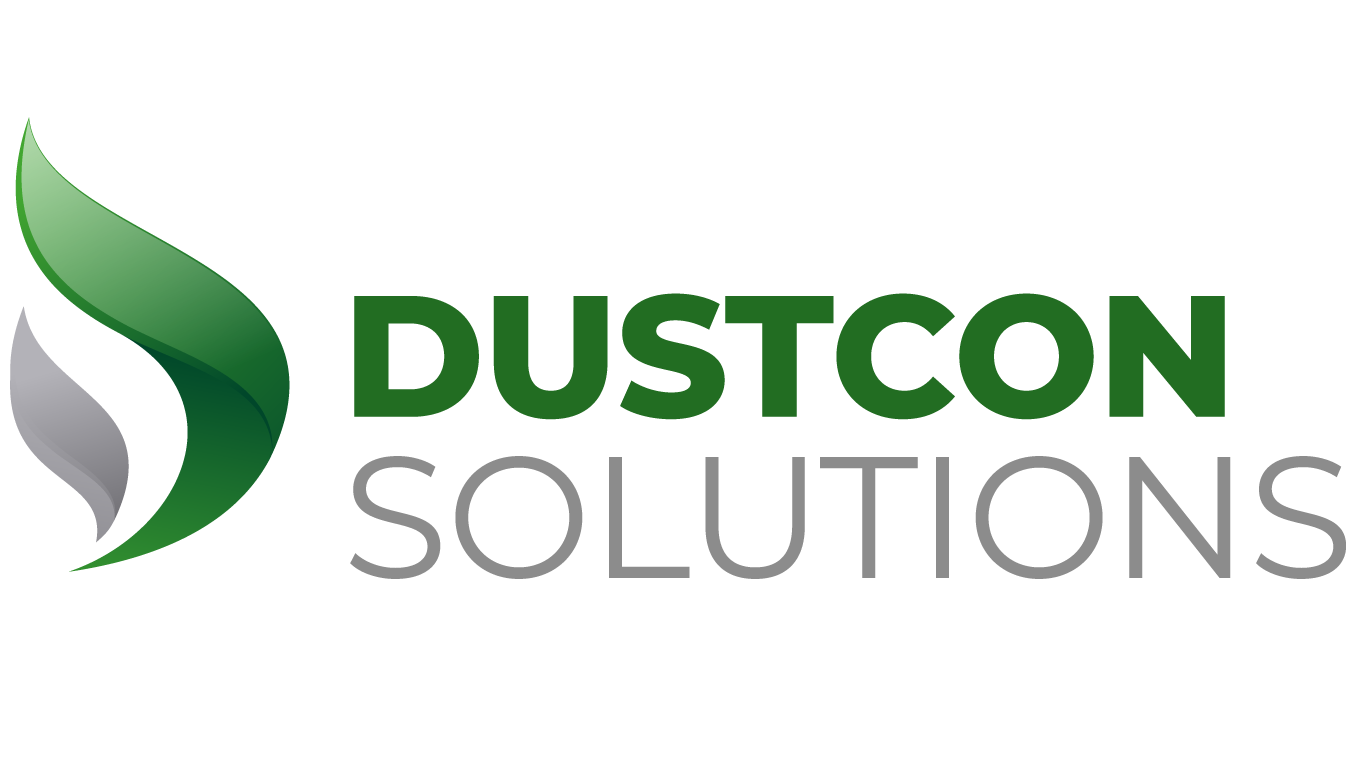

NFPA Compliance Undergoes Major Changes
The National Fire Prevention Association (NFPA) has outlined a dust collection system design that must be adhered to by facilities that collect combustible dust. Overall, six such distinct standards are in place, which includes several standards specific to certain industries. However, in the near future, manufacturers must also start complying with the NFPA 660, which essentially combines the existing regulations into a comprehensive bundle.
NFPA 660 Specifications
Industries are required to comply with the NFPA 660, which is a comprehensive and holistic combustible dust standard. The objective behind drafting this standard was to replace the existing standards with an all-encompassing mandate to include:
- NFPA 61 Standard for the Prevention of Fires and Dust Explosions in Agricultural and Food Processing Facilities (updated edition)
- NFPA 664, also referred to as the Standard for the Prevention of Fires and Explosions in Wood Processing and Woodworking Facilities (updated edition)
- NFPA 655 Standard for the Prevention of Sulfur Fires and Explosions (updated edition)
- NFPA 484 Standard for Combustible Metals (updated edition)
- NFPA 654, which is the Standard for the Prevention of Fire and Dust Explosions from the Manufacturing, Processing, and Handling of Combustible Particulate Solids (up-to-date edition)
- NFPA 652 Standard on the Fundamentals of Combustible Dust (updated edition)
An updated combustible dust standard: Need of the hour
According to the NFPA, the latest standard was created with the intention of assembling and compiling pertinent information such as guidelines, regulations, and recommendations in an easily accessible, all-encompassing document. The idea was that the process of identifying and adhering to the recent standards would become more simplified for the manufacturers to help them remain abreast of the best practices in the industry. This way, they can safeguard their facilities and prevent combustible dust explosions. Currently, various standards such as NFPA 654, Standard for the Prevention of Fire and Dust Explosions from the Manufacturing, Processing, and Handling of Combustible Particulate Solids and NFPA 652, Standard on the Fundamentals of Combustible Dust must be studied and followed in order to mitigate the possibility of dust combustion at their sites. With the introduction of the updated standard, complying with the regulations and implementing mitigation strategies will become more streamlined.
Important Dates Concerning NFPA 660
NFPA 660 is scheduled to be finalized by October 2023 and it will become effective in 2024, approximately a year later. Currently, the draft can be accessed on NFPA’s website and the public was allowed to provide their inputs up to January 5, 2023. After the finalization of the draft this year, the updated standard can be reviewed by the manufacturers over a span of a year as it is anticipated to become effective only in 2024.
Legal Enforceability of the New Standard
It is important to note that none of the NFPA standards can be legally enforceable. However, if regulatory bodies such as the Occupational Safety and Health Administration (OSHA) refer to these regulations, they become law. While a particular NFPA standard may be referred to in these regulations, they may also mandate compliance with the most recent standard. It is best to assume that in 2024, once the new standard becomes effective, statewide and nationwide regulatory agencies might make them the standard.
Topics Covered by NFPA 660
Several combustible dust standards that are already in effect will be combined by NFPA 660, and an updated version of NFPA 652, Standard on the Fundamentals of Combustible Dust, will be the primary focus in Chapters 1-9. Some of the other topics that this standard covers include:
- The standard’s objectives, scope, utility, and implementation
- Various definitions of combustible dust
- Methods of identifying hazards
- Managing hazards
- Basic criteria
- A design option based on performance
- Dust Hazard Analysis (DHA) criteria
- Management systems
- Sources of information and references
In the subsequent chapters, various other standards are discussed, such as NFPA 654. There are quite a few chapters that are application- and industry-specific in nature, such as:
- Agricultural and food processing facilities
- Sulfur fires and explosions
- Combustible metals
- Wood processing and woodworking facilities
Various other topics are covered in the appendices, such as fire protection methods, protection against explosion, testing and characterizing materials, DHA examples, and test data on combustible dust. Also covered are prevention methods concerning deflagration propagation and isolation, as well as information pertaining to metal dusts that are highly combustible, including titanium, lithium, magnesium, and so on.
Implications of NFPA 660
It is important to understand that NFPA 660 is not significantly different from the NFPA standards which are already in existence. Instead, each standard will be updated to provide more information regarding the existing criteria. This information will be supplemented with additional data derived from novel technologies, innovative testing methods along with research. Furthermore, the new standard will also standardize terms, definitions, and values that might vary based on the commodities and industries.
However, it is expected that the chapter entitled Hazard Management: Mitigation and Prevention will undergo substantial changes. In fact, in order to standardize the information specific to certain industries, processes, and materials, a substantial amount of time was invested. The majority of the changes pertain to specific equipment used in production. As far as building construction criteria is concerned, no major changes were identified. This holds true for sections on pneumatic conveyance, centralized vacuum cleaning, as well as dust collection.
A few specialized chapters demonstrate substantial changes, which includes the section on the Standard for Combustible Metals (previously referred to as NFPA 484).
Chapter 13 consolidates NFPA 664 (Standard for the Prevention of Fire and Dust Explosions from the Manufacturing, Processing, and Handling of Combustible Particulate Solids) and most of the information seems to remain untouched.
In the rest of the chapters, changes were primarily introduced to improve clarity with better word choices. Some of the changes include:
- New definitions.
- An explanation of the performance-based design options and their criteria.
- Information regarding the sampling criteria for combustible dust along with the conditions under which historical data can be used.
- Information regarding DHA and a disclaimer mandating it in facilities (both existing and new) that handle and process combustible dust.
- There are a few sections in the chapter regarding management systems that have been updated and clarified.
How does NFPA 660 impact the design for dust collection systems?
NFPA 660 is not expected to make any major changes to the design of the dust collection system. However, certain phrases or words may be updated for clarity. Chapter 9, which is entitled to Hazard Management: Mitigation and Prevention as well as Chapter 13, which covers Prevention of Fire and Dust Explosions from the Manufacturing, Processing, and Handling of Combustible Particulate Solids will reflect most of these changes.
Will NFPA 68 as well as NFPA 69 undergo changes?
The NFPA 660 standard will not include or integrate NFPA 68 and NFPA 69, known as the Standard on Explosion Protection by Deflagration Venting and the Standard on Explosion Prevention Systems, respectively. Thus, the existing versions of NFPA 68 and NFPA 69 will continue to be valid. However, the former will be revised in 2023, while the latter is scheduled to undergo changes in 2024. Combustible dust explosions are not the only type of explosion covered by these standards concerning explosion safety, which are applicable to many types of systems (such as dust collection systems). It is necessary for employers to adhere to these two standards along with the other regulations covering combustible dust.
Are dust collection systems from Dustcon Solutions NFPA 660-compliant?
When it comes to safety associated with dust collector designs, Dustcon Solutions is a renowned name due to its unique safety solutions for preventing and managing fire and explosion hazards. Our team of dedicated engineers ensure that all of our systems remain compliant with the updated versions of the applicable NFPA standards. Our goal is to ensure that our systems ensure safety in the face of fire and explosion hazards, by adhering to the updated standards underlying combustible dust materials. Whenever NFPA standards are updated or new ones are announced, our experts review them to ensure complete compliance with the standards.
After installation, the owners and operators of the system must maintain it in compliance with prescribed configurations as well as operating limits to remain compliant with any updates. To ensure your system stays in compliance with NFPA standards, talk to one of our system designers before modifying your Dustcon Solutions dust collection system that is already installed.


NFPA Compliance Undergoes Major Changes
The National Fire Prevention Association (NFPA) has outlined a dust collection system design that mu


Important Facets of NFPA 652
In the plastic industry, there are abundant powders that can transform into dust clouds that are exp


Addressing NFPA 652 Standard Regarding Combustible Dusts
Do you operate a facility that requires you to engage with substances that are dusty or powdery in n





